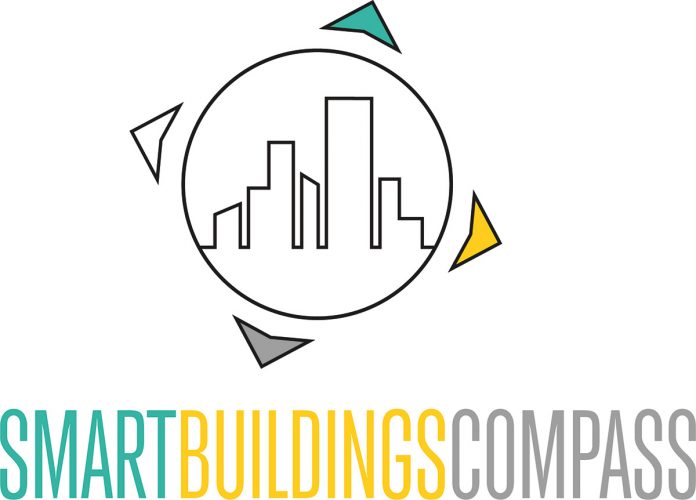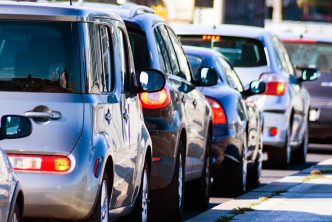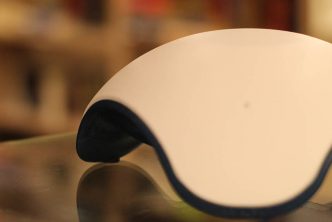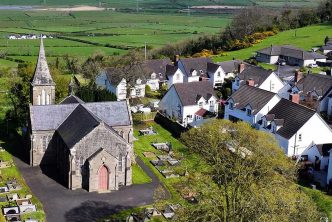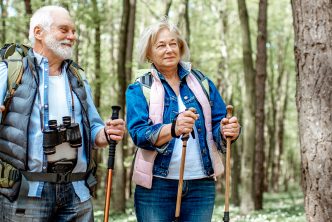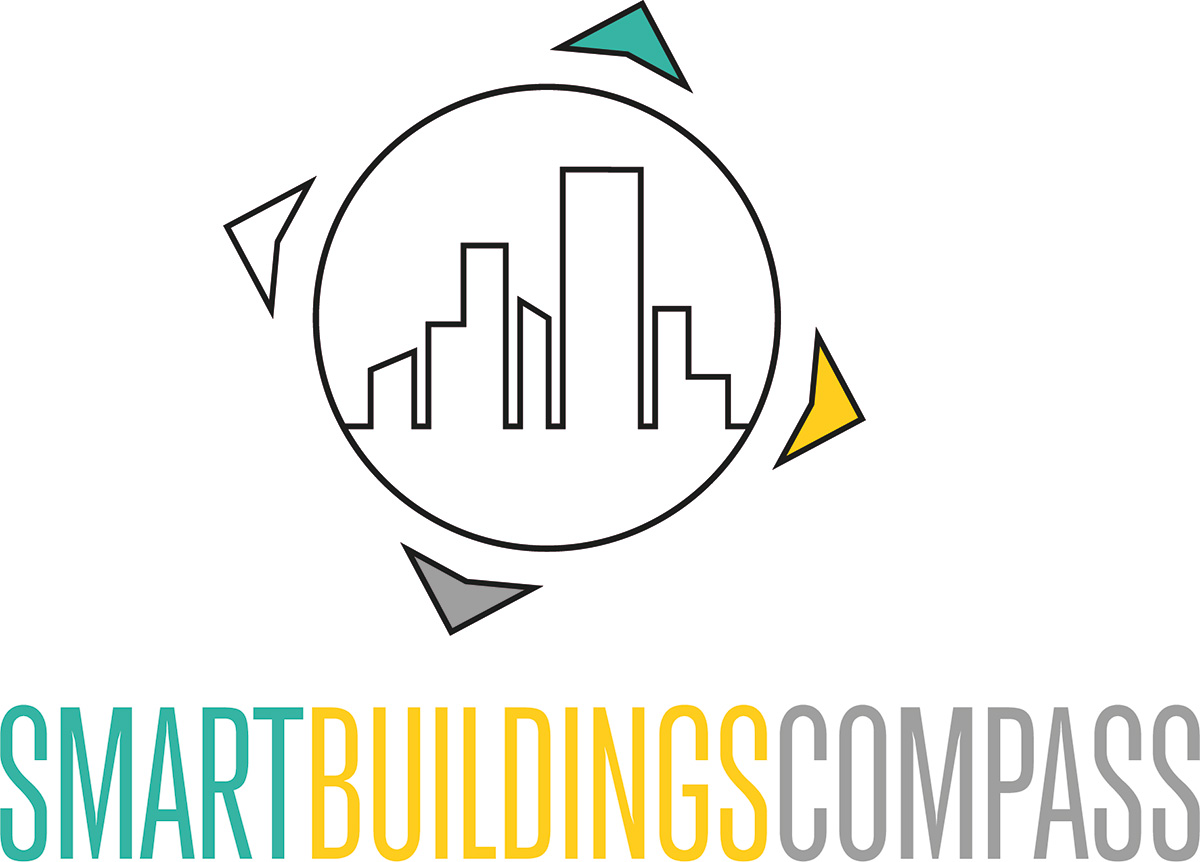Energy communities are booming in Austria. They help to make optimal use of alternative energies and strengthen consumers against the arbitrariness of grid operators. Blockchain technology can help keep their management transparent and simple.
Lead story: eNu
It is the power of the strongest. When Putin turned off the gas tap, not only gas prices but also electricity prices skyrocketed in Austria. Due to the so-called merit order, the particularly expensive gas-fired power plants now determine the price on the electricity exchange. As a result, consumers were forced out of contracts with price guarantees and forced to accept new agreements with surcharges of several hundred percent in some cases. Even though VKI and AK are currently trying to curb the energy suppliers with the help of the courts: For those affected, a feeling of powerlessness remains. And for some, even one of existential angst.
Energy communities make independent
So-called energy communities can be an alternative. They are allowed to produce, store, trade and consume electricity – and, of course, determine the prices themselves. Its main purpose is not to make profits, but to create environmental and economic benefits for its members.
The concept is not limited to electricity, but can be applied to all renewable energy sources. The legislator distinguishes between the locally restricted “Renewable Energy Community” (EEG) and the geographically unrestricted “Citizens’ Energy Community” (BEG) within Austria. The biggest difference: An EEG may produce, store, consume and sell any energy (electricity, heat or gas) from renewable sources, a BEG only electricity. Nor is it limited to renewable energies.
Renewable energy communities can be made up of individuals, small and medium-sized enterprises (SMEs), municipalities, or government entities. The only condition: At least two participants must join together in an energy community. In the electricity sector, independent power plant operators are also allowed to join.
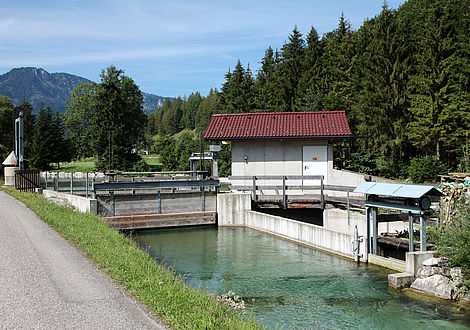
Independent power plant operators are also allowed to join an EEG.
Image: Small Hydropower Austria
Renewable energy communities are local
An EEG is also allowed to use the facilities of the local grid operator, such as the power grid. The area of operation of EEG is always localized. It must be located in the local area and within the concession area of a single network operator. In contrast, a BEG may sell its electricity throughout the Republic in the territories of several grid operators. They are also subject to less restrictive membership rules. However, BEGs may not be controlled by medium or large companies.
In the power grid, what is considered a local area is defined by the so-called grid level. Thus, descriptively speaking, a local EEG is a community whose participants are connected by a common transformer. Regional energy communities are those in which participants are connected through the same substation. The locally or regionally generated electricity, which is also used immediately on site, places only a small burden on the power grid. Users benefit from this through lower network costs, charges and taxes.
Energy communities are open to all
Energy communities are open to all. It does not matter if you operate a photovoltaic system yourself and want to make part of the electricity available to the community. Or whether they are simply interested in becoming independent of the big power companies and strengthening regional production of electricity. However, supply and demand should be roughly balanced in the energy community. As with a photovoltaic system, an energy community brings the most benefits when the electricity generated is used simultaneously by the participants. It therefore makes sense to have members with as diverse consumption patterns as possible in the community.
As a rule, energy communities are organized as a cooperative or association, but a GmbH (limited liability company) or AG (stock corporation) is also possible. The technical requirement for membership is a smart meter. It provides the current data on feed-in and consumption and allows so-called clearing, in which these two data are assigned to each other at the exact time. This is important for billing purposes.
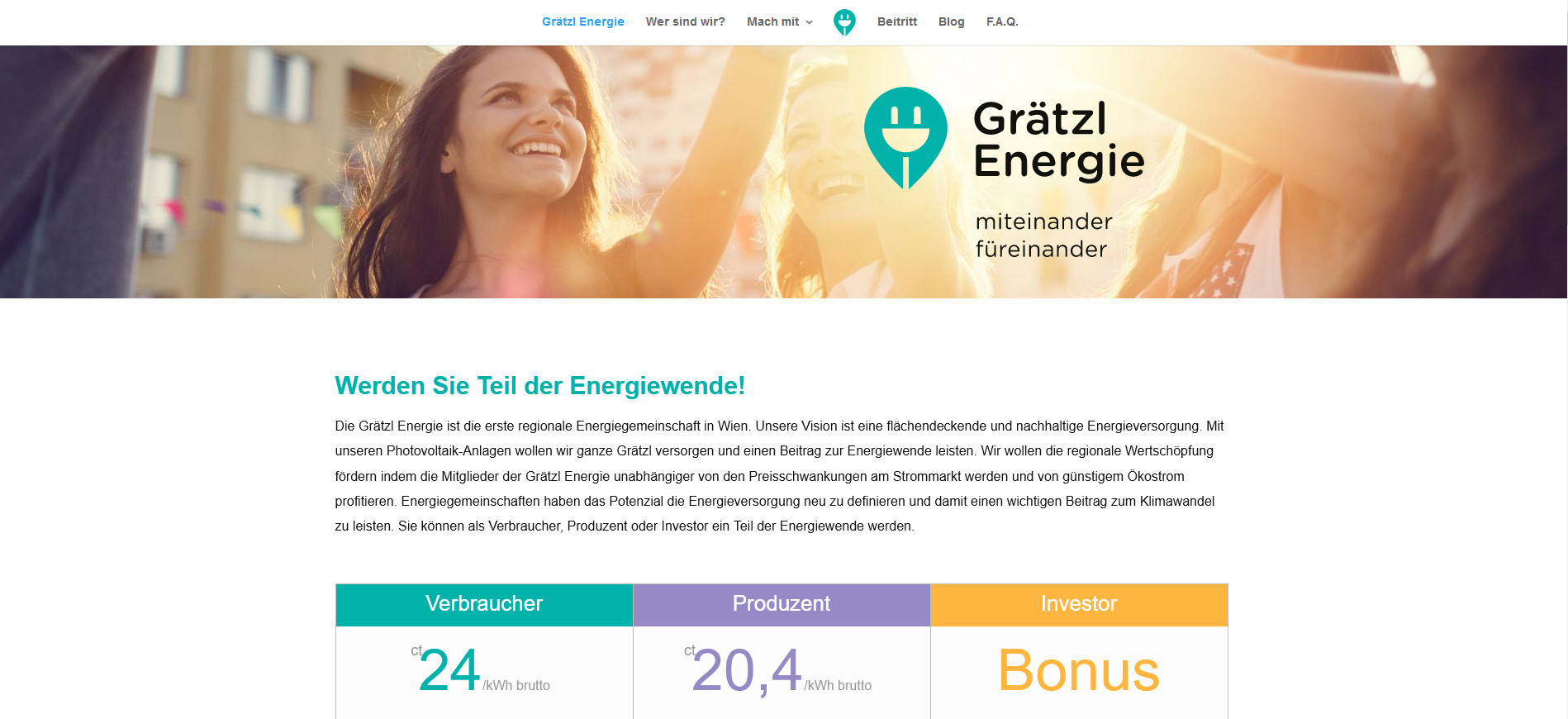
Grätzl Energie as a pioneer in Vienna
The idea of energy communities is steadily gaining popularity. In Lower Austria alone, there are already 68 projects. But the idea is also finding supporters in Vienna. There in the 23rd district, the cooperatively organized Grätzl Energie has been around for some time. Their motto: “With each other – For each other”. “A community like this, built on cooperative aspects, is also about creating social structures, having fair pricing structures and thereby making something for the members, including people in the surrounding area who may have difficulty with energy costs,” Roland Kuras, board member and initiator of the project, said in a Presentation video.
The electricity for Grätzl Energie is supplied by a metal processing factory on Perfekta Street. It has installed a 200 kWp photovoltaic system on the roof. kWp refers to the peak power of a solar system, the p stands for the English “peak”. Most of the electricity is used by the factory itself. Grätzl Energie benefits from the surplus, which naturally occurs mainly on weekends. The community wants to expand further and also sees itself as a role model for other projects. “We want to install 1000 additional kWp per year and in the next step we will look for partners in other districts for this purpose,” says energy manager Michaela Turetschek.
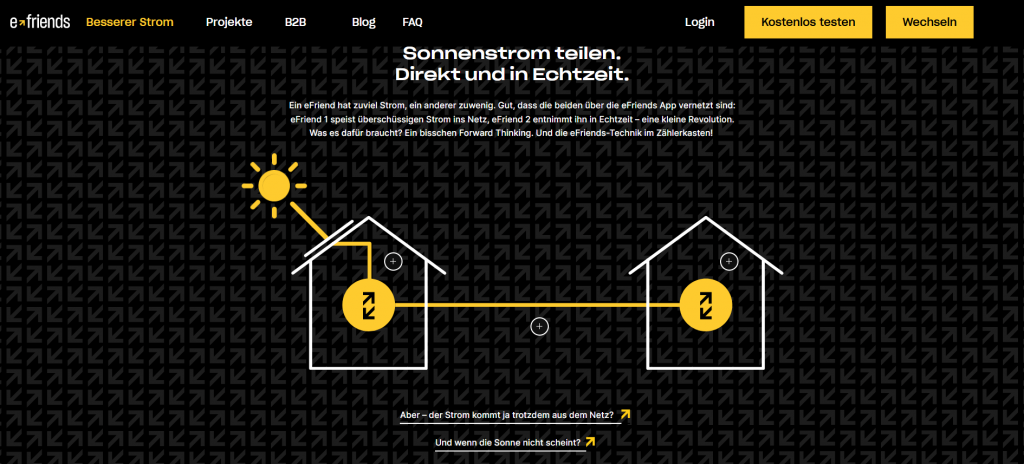
eFriends brings consumers and producers together
For those who find the creation of an energy community too complex, the creators of eFriendshave implemented an alternative project. They have built a kind of energy community for everyone. It’s a marketplace where anyone can sell or even buy surplus solar power, regardless of where they live – without any of the big energy companies being involved.
To this end, the company has developed technology that can measure generator and consumption data every 10 seconds. This data is transferred to an eFriends server and processed via special trading algorithms. The price can be set by each producer. If he does not find a buyer, then eFriends buys the surplus at a fixed price. Nice idea: It is also possible, for example, to give electricity generated in the parents’ house in the country to the daughter in Vienna.
However, solar power is not always available – then electricity must be purchased. For this eFriends has contracts hydroelectric power plants. Overall, this results in a mixed calculation that roughly corresponds to the market price. However, there are also one-time costs for hardware and a monthly basic fee, both for producers and consumers.
Blockchain simplifies management
Perhaps the establishment of an energy community is the more lucrative approach. And for those who were previously put off by the administrative burden, there is also a new elegant solution. The magic word is blockchain. The technology, which became known primarily through the cybercurrency Bitcoin, allows all “transactions” to be documented in a tamper-proof database. This allows secure and transparent billing, automatically and without much effort. Such a database also saves a lot of paperwork. It replaces all otherwise common contracts with so-called smart contracts and is also always up to date.
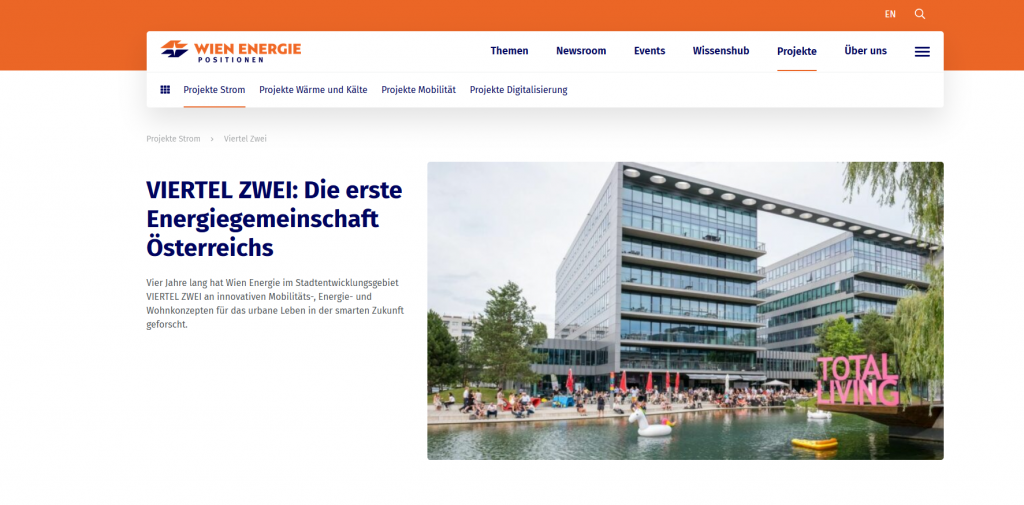
A blockchain can then also help optimize the self-consumption of an energy community. One of the first practical tests in this area was carried out a few years ago in Vienna in the Viertel Zwei district. The energy community founded there is part of the interactive pilot project Urban Pioneers Community and was the first of its kind in Austria when it was founded in 2017. Here, the residents of the neighborhood could trade the electricity generated by a PV system on the roof among themselves. This stream was usually divided among the residents. But while a resident was on vacation, for example, he could also sell his share to the neighbors next door during this time.
For the implementation of the project, the PV system and electricity meter were initially equipped with a special chip and later also e-charging points and storage units were integrated into the blockchain. In December 2019, an additional electricity storage system with a capacity of around 70 kWh was integrated. This is equivalent to the daily consumption of more than ten households in neighborhood two. It ensures that the solar electricity can also be used at night and additionally increases the self-consumption rate.
Based on the experience gained with the project, other energy communities are to be added quickly, for example in the new urban development area Village in the Third.
